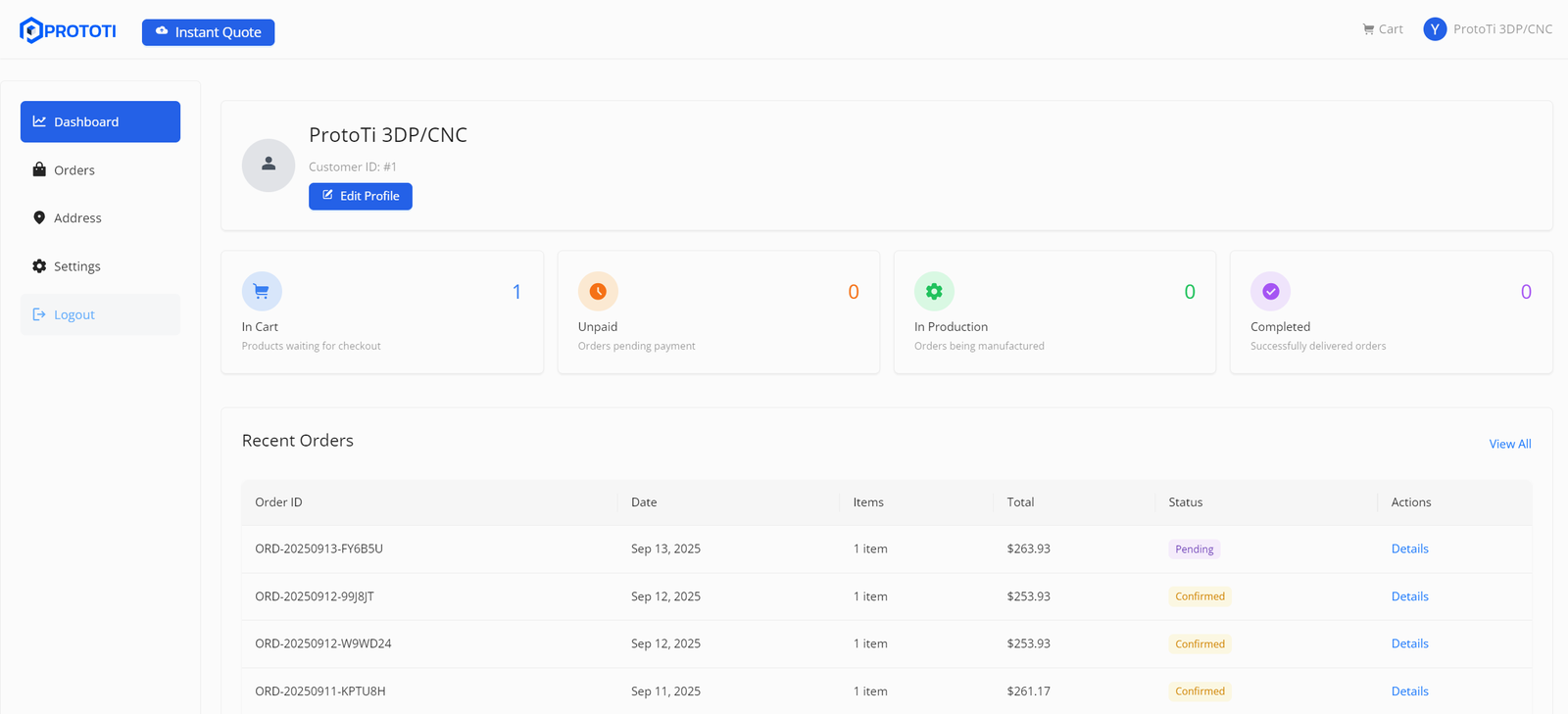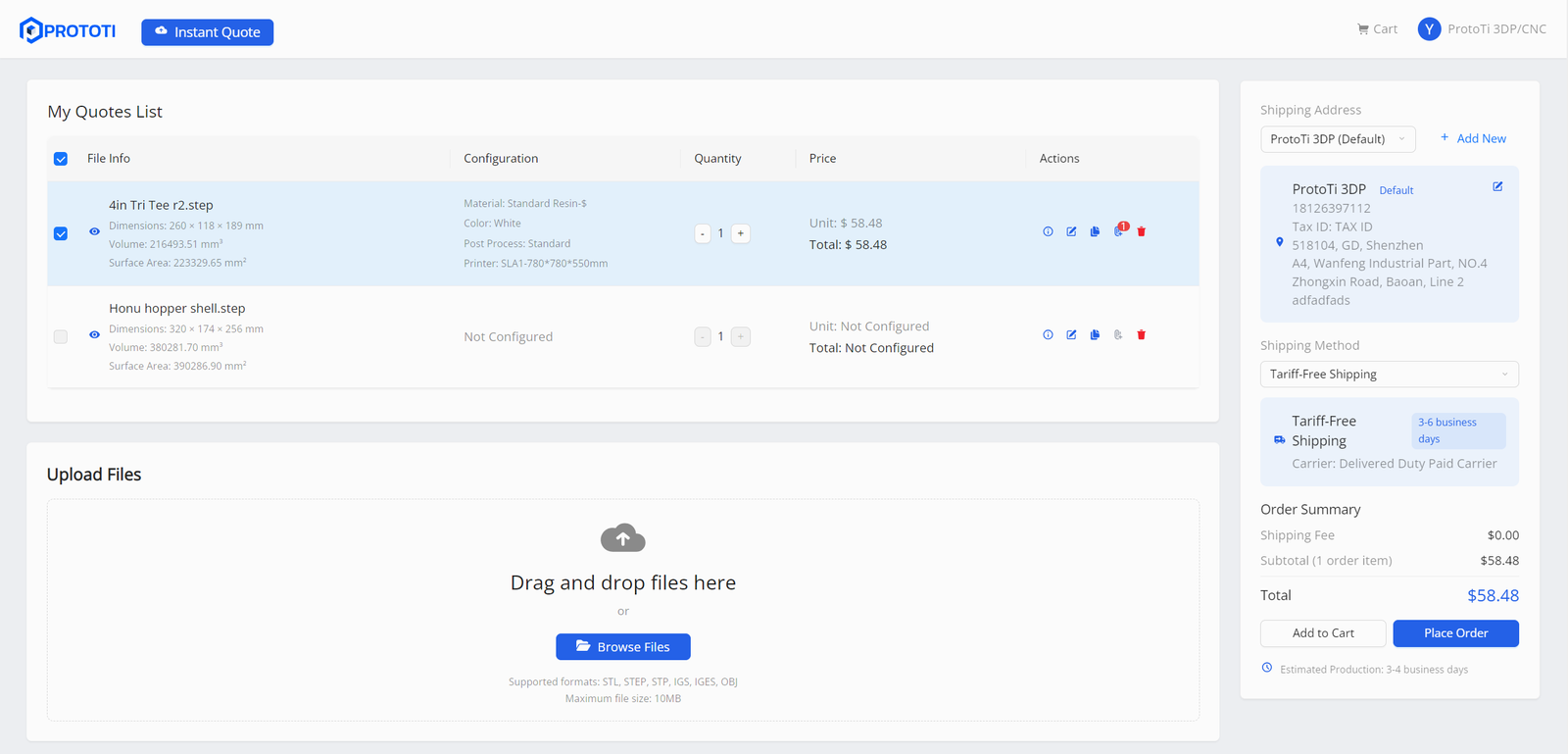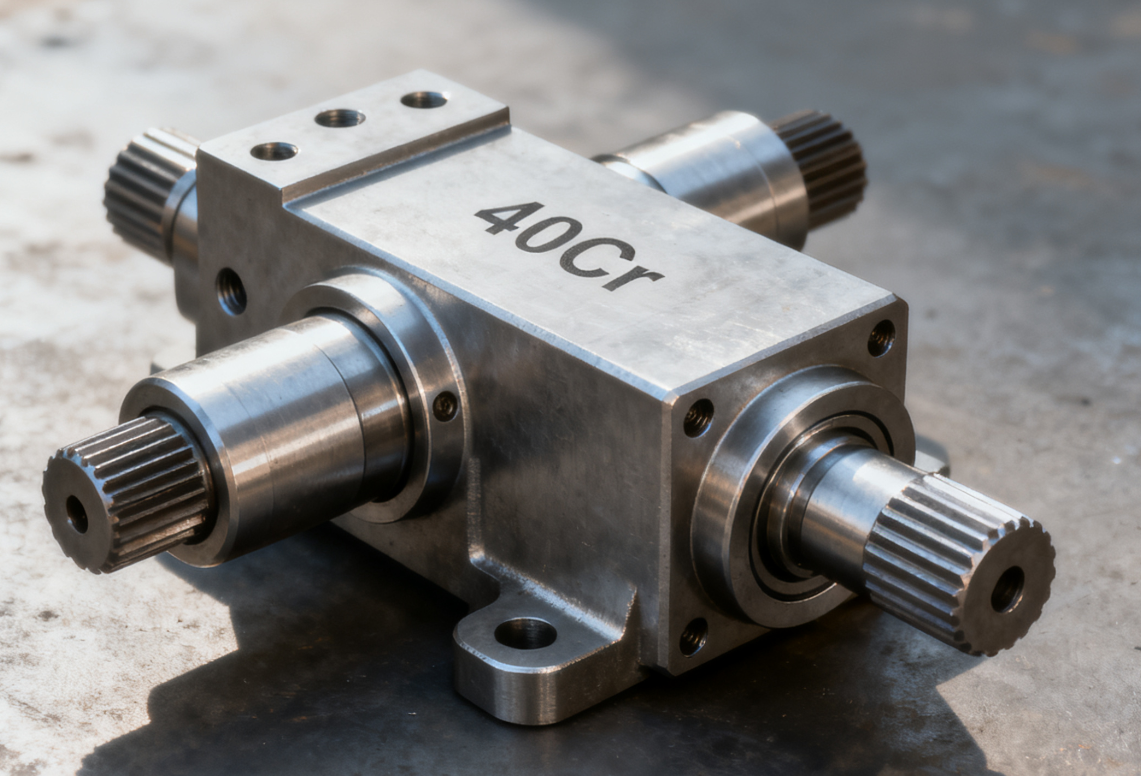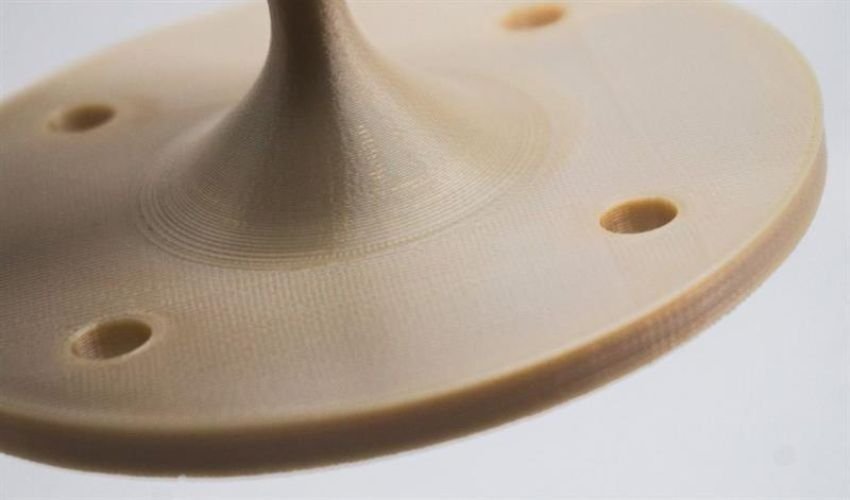
The Best 3D-Printed Masks for Halloween
As the autumn chill sets in and whispers of Halloween fill the air, the most creative holiday of the year
Dear Customers,
Our new online quoter and client portal are officially live!
From September to December, both old and new versions will run in parallel as a transition period.
✨ Special Offer:
Enjoy automatic quantity discounts — the more you order, the lower the unit price (up to 25% off for selected materials).
🌟 Already available:
⚡ Better user experience & faster server performance
🕒 More accurate delivery time estimates
📝 Simplified and faster order process
🔮 Coming soon:
🛠 Instant quote for CNC & other processes
📦 Order tracking & workflow updates
📧 New email notification system
📂 Batch upload & batch editing of models
🔍 Online DFM (Design for Manufacturability) checks
📊 Enhanced order panel with detailed statistics


Thank you for your support — we look forward to bringing you an even smoother ordering experience!
— ProtoTi

Laser cladding involves the use of a laser beam to melt a consumable material, such as powder or wire, which is simultaneously deposited onto a substrate. The result is a metallurgically bonded layer with minimal dilution and superior properties compared to traditional coating methods. This precise and controlled process allows for the creation of high-quality, high-performance surfaces tailored to specific industrial needs.



Start your project today. Get free DFM from professional engineer at ProtoTi.
The future of laser cladding technology looks promising, with ongoing advancements aimed at improving efficiency, reducing costs, and expanding its applications. Innovations in laser sources, such as higher power and more efficient diode lasers, are expected to enhance the process capabilities. Additionally, the integration of automation and robotics will further streamline laser cladding operations, making it more accessible and scalable for various industries.

Laser cladding technology is transforming industries by providing durable, high-performance surfaces that extend the life of critical components. Its applications span across aerospace, oil and gas, automotive, and mining sectors, offering significant benefits in terms of wear resistance, corrosion protection, and overall cost savings. As technology continues to evolve, laser cladding will undoubtedly play a pivotal role in advancing industrial manufacturing and maintenance practices.
Share the Post:

As the autumn chill sets in and whispers of Halloween fill the air, the most creative holiday of the year

In central Türkiye’s Kayseri province, researchers are turning to 3D printing to help restore fossils that date back 7.7 million

In the modern mechanical processing industry, material selection is the key to ensuring the performance, lifespan and cost control of parts. For engineering parts with medium-high strength, wear resistance, impact resistance and demanding heat treatment properties, 40Cr alloy structural steel is widely adopted due to its comprehensive excellent performance. This article will systematically introduce the chemical composition, physical and mechanical properties, heat treatment process, mechanical processing adaptability, typical applications, material selection comparison, advantages and disadvantages, as well as precautions during processing of 40Cr, to help engineers, purchasing personnel and manufacturers fully understand and correctly select this material.

High-performance polymers (HPP) have been used in industry for several decades, particularly in injection molding and machining. However, in recent